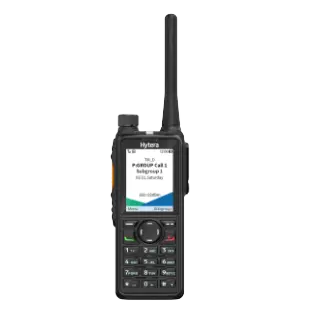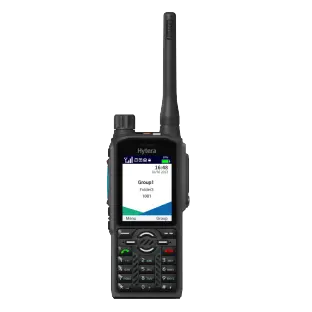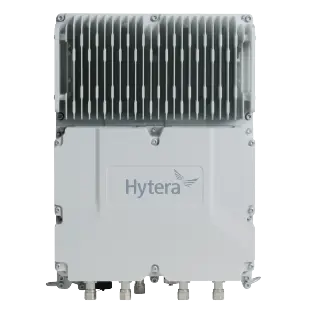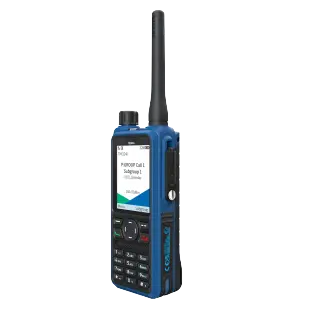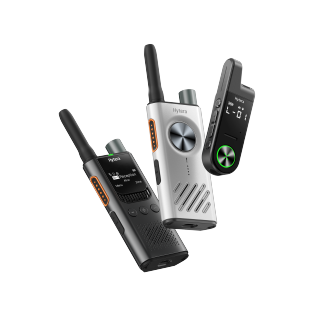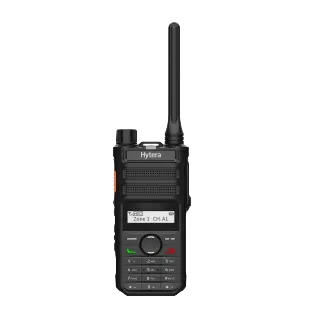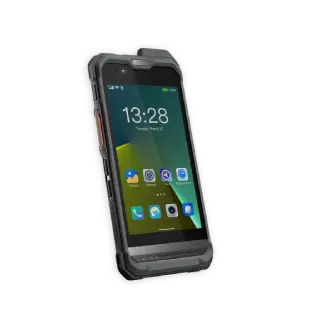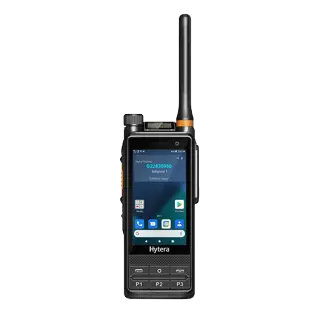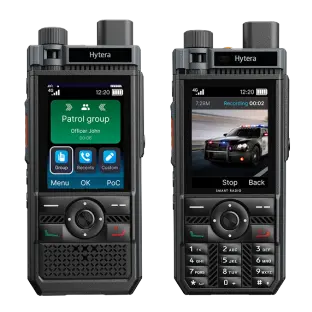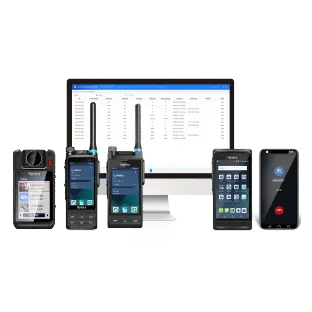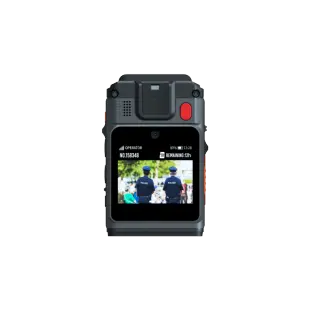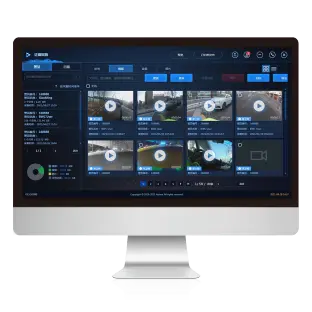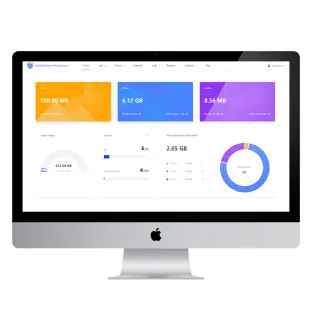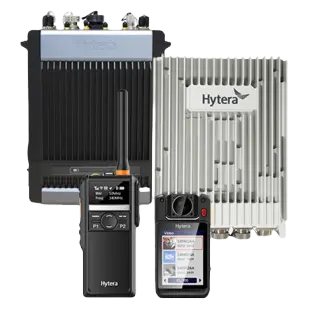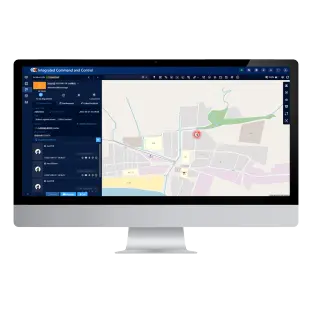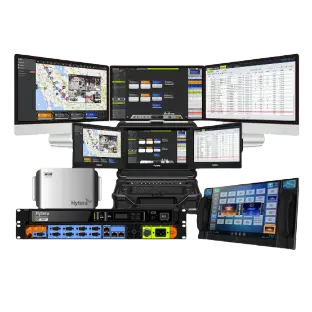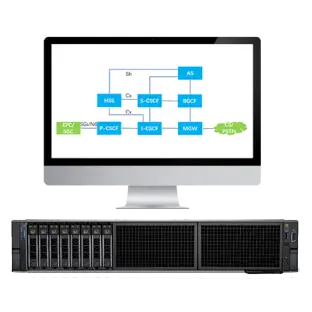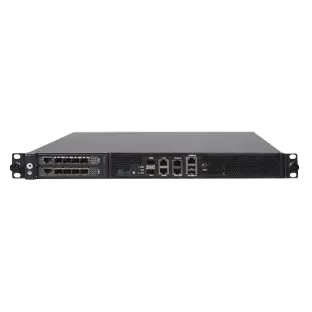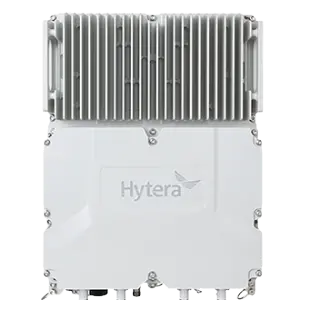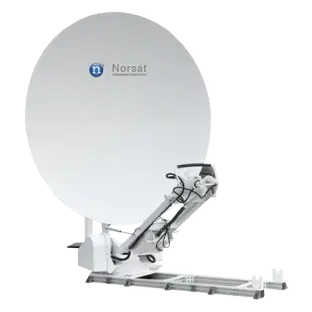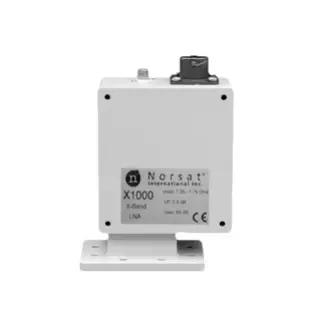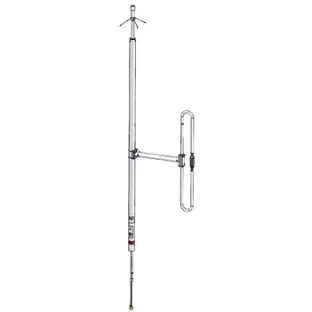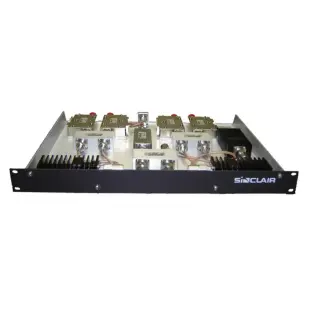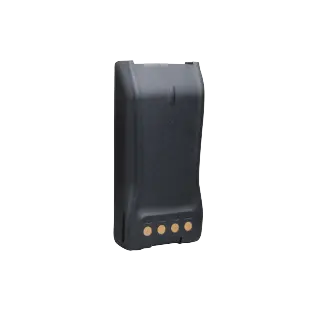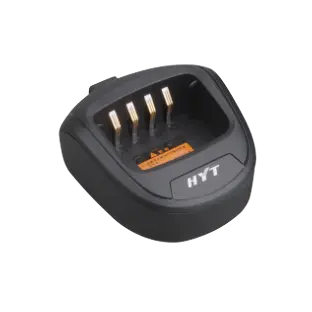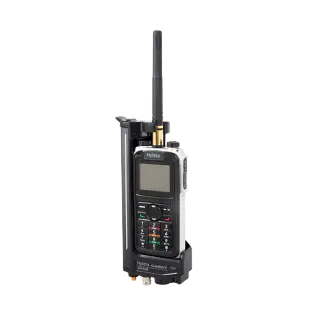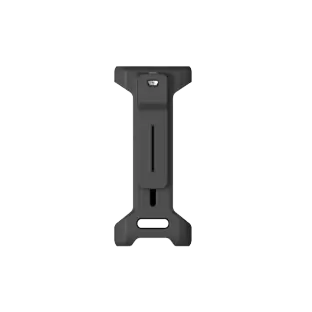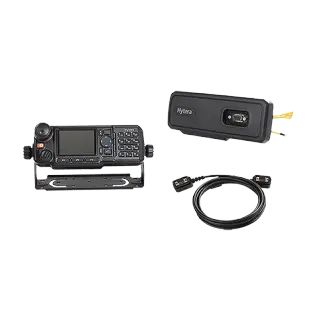
What is Push-To-Talk?
As society progresses, PTT includes more. Push-To-Talk has evolved to Push-To-X - the “X” can also be video, multimedia, files, status, text, or location information. Cellular systems have adopted the PTT concept to provide Push-To-Talk over Cellular (PoC) services. PoC provides two-way radio services over 3G and LTE/5G technologies, creating a global radio network that leverages the cellular infrastructure of mobile network operators, which allows radio networks to have very wide coverage, making radio users immune to range limitations of repeaters and base stations used in traditional radio networks.

How does Push-To-Talk Work?

Why do Industries Use Push-To-Talk?

Benefits of Push-To-Talk Devices
Push-To-Talk communications offer a number of key benefits. Here is a list of a few.
-
Instant Communications
Push-To-Talk connects you and your teammates quickly. When you press the PTT button, you will hear the sound of the radio getting ready, and start talking after hearing the sound. Your voice will be transmitted in 0.3 seconds or even less. This helps save a lot of time and get the job done quickly.
-
Easy to Use
The PTT button is usually large and independently distributed on one side of the walkie-talkie, which helps users quickly locate the PTT button position and make a call. The operation is also very simple, press the PTT button to start talking, and release the button to receive the voice.
-
Audio Volume
PTT communication usually provides a loud voice to help users receive information accurately and make decisions in various environments. And because the technology itself and PTT protocol require communicators to take turns and communicate clearly, the clarity of PTT communication is also constantly improving.
-
Security and Encryption
Data security is increasingly important in contemporary society. With the encryption solution, PTT communication can encrypt the call content and protect the call data from being leaked to prevent illegal intrusion and illegal eavesdropping. This is especially important for public safety users.
Hytera Push-To-Talk Solutions
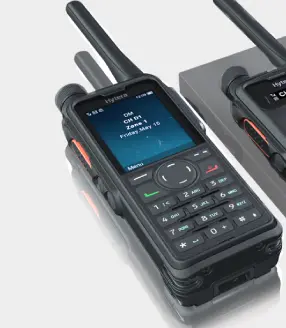
DMR Two-way Radios
DMR Two-way Radios
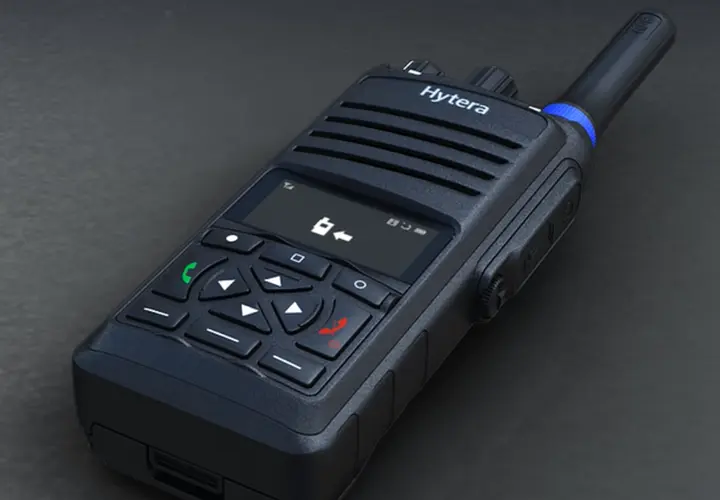
TETRA Two-way Radios
TETRA Two-way Radios
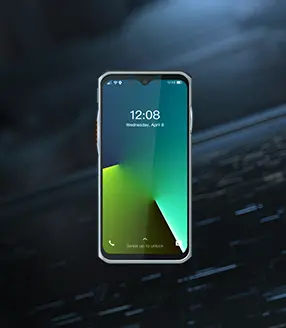
PoC Radios
PoC Radios
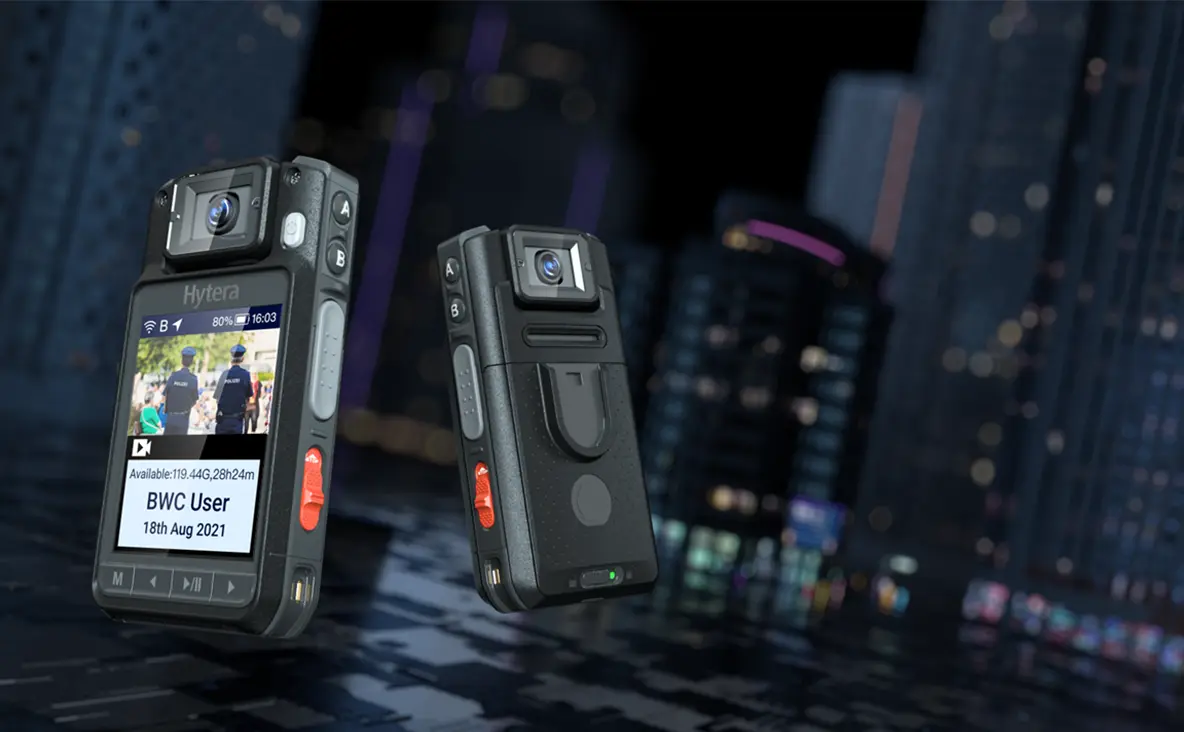
Body Worn Cameras
Body Worn Cameras
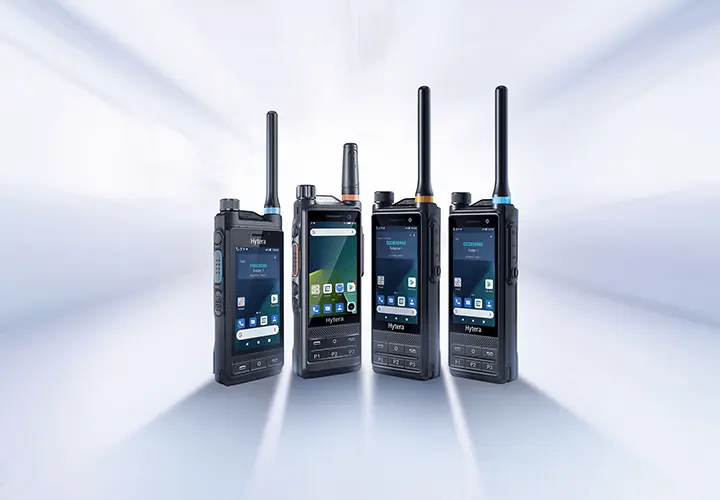
Dual-mode Rugged Radios
Dual-mode Rugged Radios


